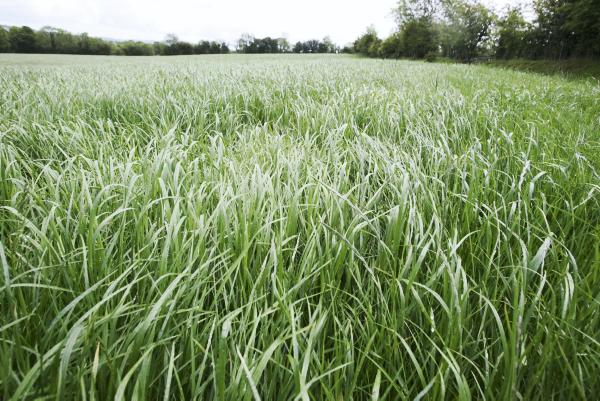Released by the Royal Irish Academy, The Potential of Irish Grassland Soils to Sequester Atmospheric Carbon paper illustrates how Irish grasslands fix significant amounts of atmospheric carbon in their soils. If taken into account, this could be used to partially offset the greenhouse-gas emissions methane and nitrous oxide from agriculture, experts say.
To benefit from these findings, Professor Ger Kiely from the Environmental Research Institute at UCC says that Ireland needs to adopt an evidence-based measurement, reporting and verification system to quantify carbon levels in Irish grasslands.
Field experiments
“Field experiments across the world, using carbon dioxide gas sensors and wind velocity measurements, have found that grasslands and especially temperate grasslands sequester (fix) atmospheric carbon in the grass biomass and in the soils. This new carbon sequestered in the soils is fixed in the root system and in the soil material.
“Other experiments show that many grassland soils around the world are not saturated with carbon and so have potential to add more carbon from the atmosphere.
“Recent experiments across Europe have shown that the carbon fixed to soils ranges from approximately 0.25t to 1.75t of carbon per hectare per year. The quantity depends on the climate, soil type and management practice (eg grazing or silage harvesting),” he said.
Irish agriculture contributed an estimated 33% of national greenhouse-gas emissions in 2014 compared with an EU average of 9%, according to statistics.
To read the full paper click here.
Read more
Full coverage: agriculture and climate change
Released by the Royal Irish Academy, The Potential of Irish Grassland Soils to Sequester Atmospheric Carbon paper illustrates how Irish grasslands fix significant amounts of atmospheric carbon in their soils. If taken into account, this could be used to partially offset the greenhouse-gas emissions methane and nitrous oxide from agriculture, experts say.
To benefit from these findings, Professor Ger Kiely from the Environmental Research Institute at UCC says that Ireland needs to adopt an evidence-based measurement, reporting and verification system to quantify carbon levels in Irish grasslands.
Field experiments
“Field experiments across the world, using carbon dioxide gas sensors and wind velocity measurements, have found that grasslands and especially temperate grasslands sequester (fix) atmospheric carbon in the grass biomass and in the soils. This new carbon sequestered in the soils is fixed in the root system and in the soil material.
“Other experiments show that many grassland soils around the world are not saturated with carbon and so have potential to add more carbon from the atmosphere.
“Recent experiments across Europe have shown that the carbon fixed to soils ranges from approximately 0.25t to 1.75t of carbon per hectare per year. The quantity depends on the climate, soil type and management practice (eg grazing or silage harvesting),” he said.
Irish agriculture contributed an estimated 33% of national greenhouse-gas emissions in 2014 compared with an EU average of 9%, according to statistics.
To read the full paper click here.
Read more
Full coverage: agriculture and climate change





SHARING OPTIONS